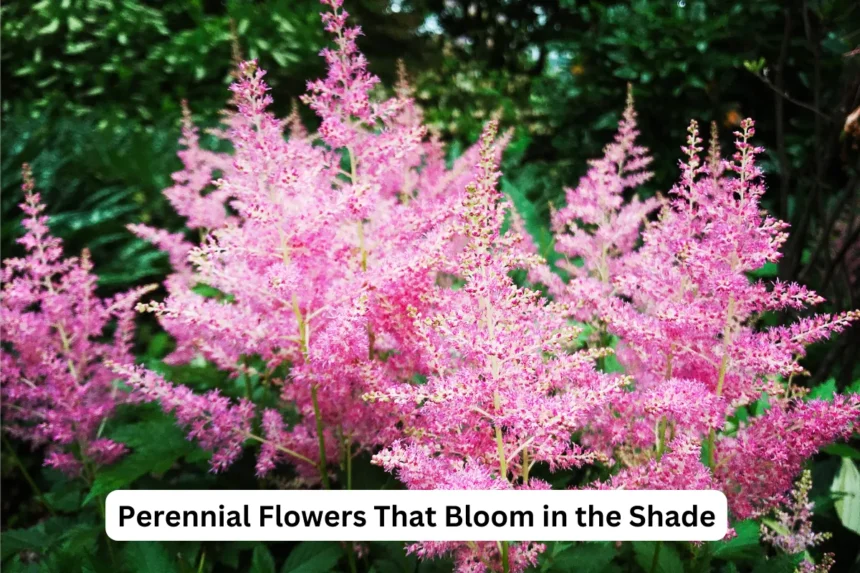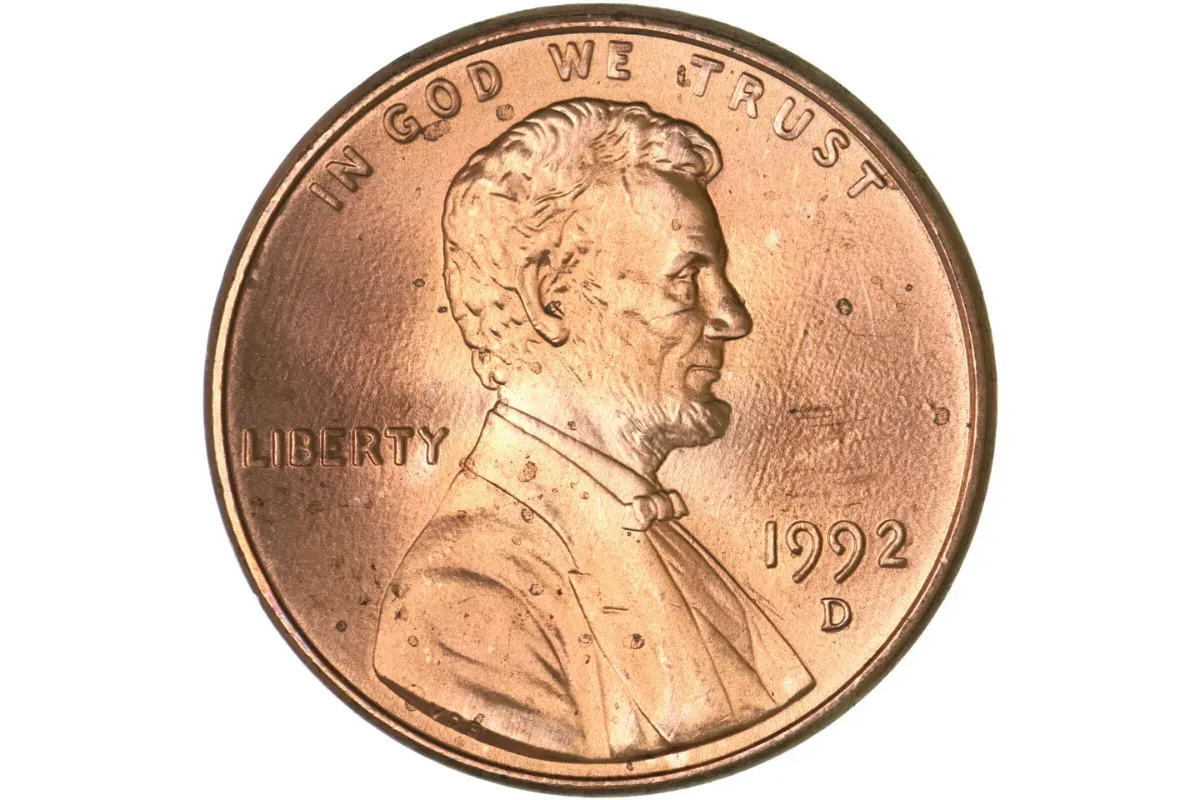Shade gardens pose a distinctive challenge for gardeners, yet they offer a canvas for a diverse array of perennials that thrive in low-light conditions.
These plants not only bring vibrant colors and textures to shaded areas but also create cool, lush retreats where traditional sun-loving flowers struggle.
Whether enhancing a woodland garden, crafting a tranquil oasis under trees, or simply adding interest to shady spots, choosing the right perennial flowers is crucial for success.
Below is a comprehensive guide to some of the best perennial flowers that bloom in shade:
Hostas (Hosta spp.):
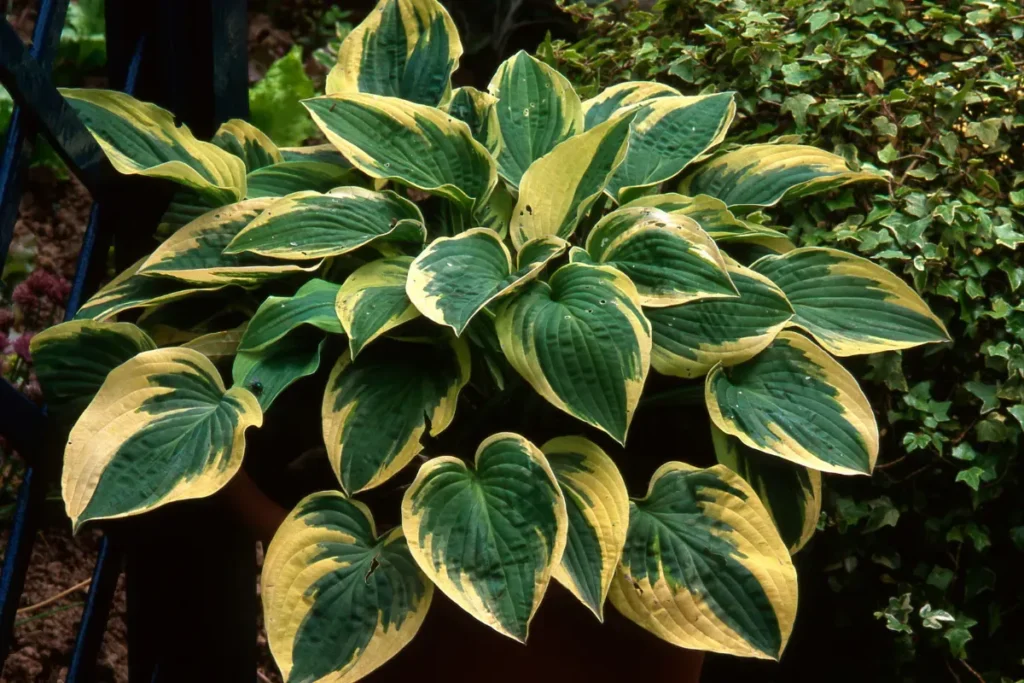
Known for their striking foliage in shades of green, blue, and variegated patterns, hostas also bear elegant flowers from white to lavender.
Thriving in partial to full shade with moist, well-drained soil, they offer options for every shade garden with their variety of sizes and leaf shapes.
Astilbes (Astilbe spp.):
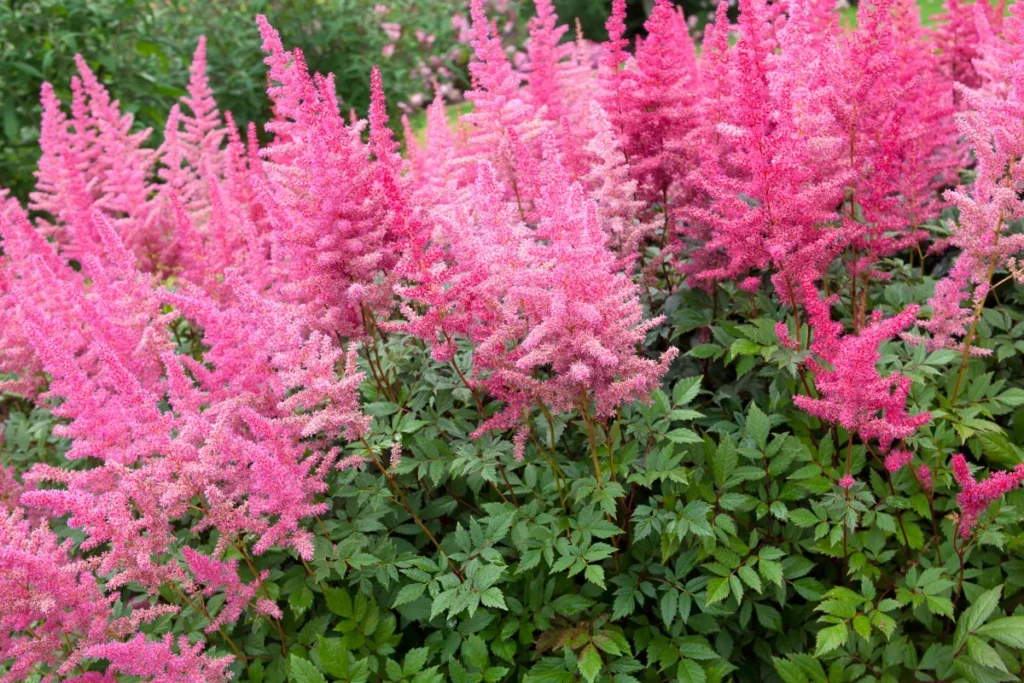
Prized for their feathery plumes in white, pink, red, and purple, Astilbes bloom in mid to late summer, adding color to shaded gardens with their fern-like foliage.
They prefer partial shade and consistently moist soil.
Bleeding Heart (Dicentra spectabilis):

A classic favorite, Bleeding Hearts charm with their heart-shaped flowers in pink and white, hanging delicately from arching stems.
They thrive in partial to full shade with moist, well-drained soil, ideal companions for ferns and hostas.
Lungwort (Pulmonaria spp.):
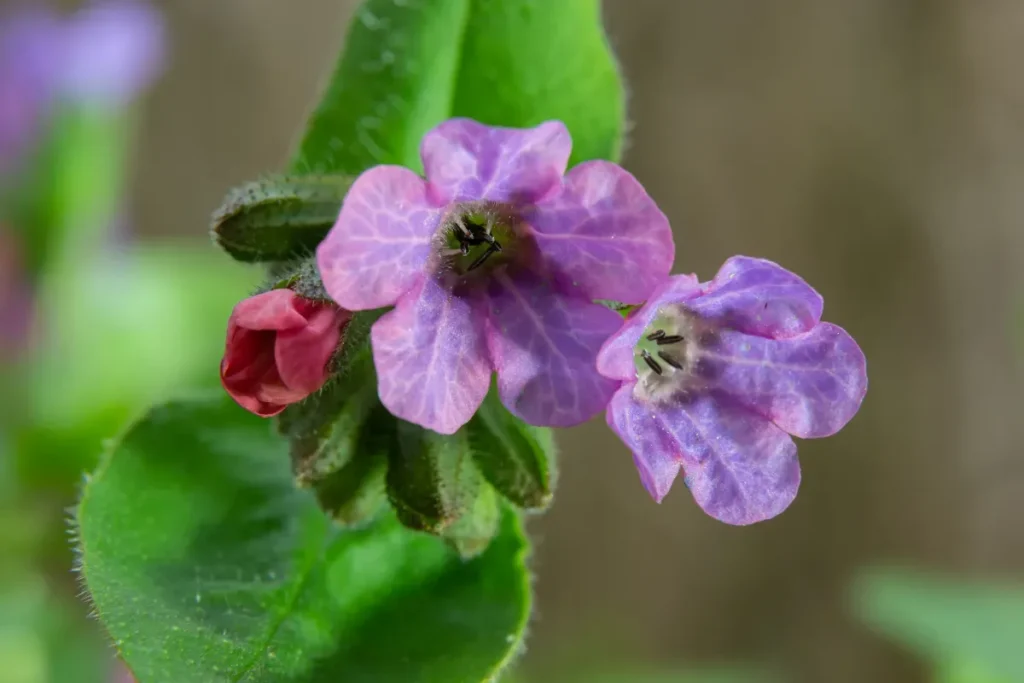
Valued for their silver-mottled foliage and funnel-shaped flowers in pink, blue, or white,
Lungworts bloom early in partial to full shade and humus-rich soil, adding early spring color to shady gardens.
Foamflower (Tiarella spp.):
Named for their delicate, foam-like clusters of white to pink flowers, Foamflowers thrive in partial to full shade with moist, well-drained soil. Their foliage adds visual interest year-round.
Japanese Forest Grass (Hakonechloa macra):
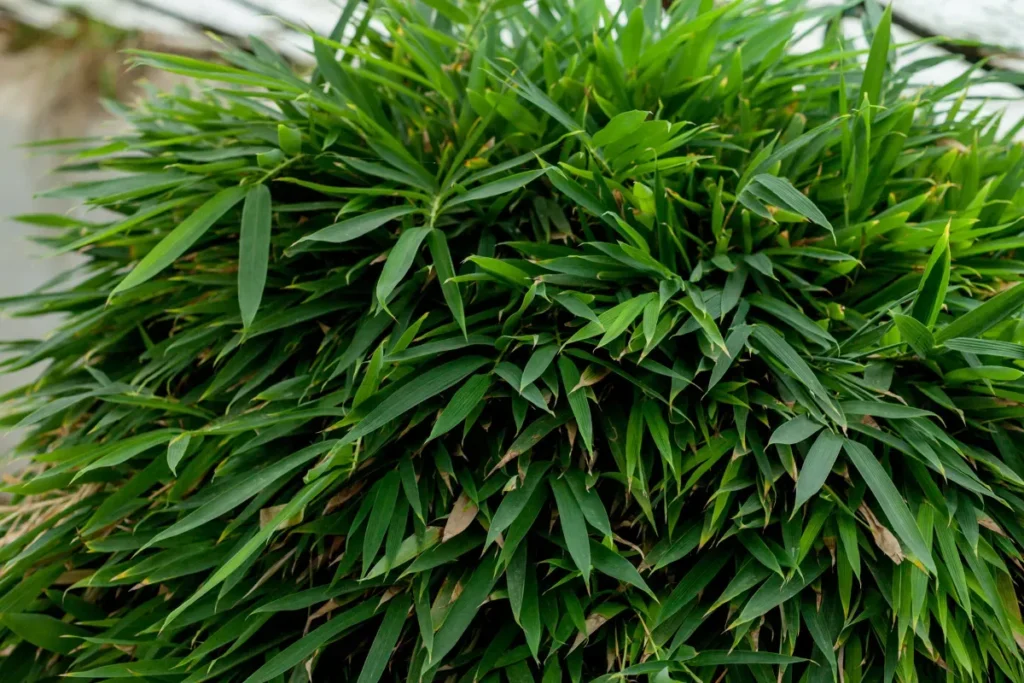
Graceful and elegant with arching foliage in golden or variegated shades, Japanese Forest Grass prefers
partial to full shade and moist, well-drained soil, offering a striking contrast in shaded areas.
Coral Bells (Heuchera spp.):
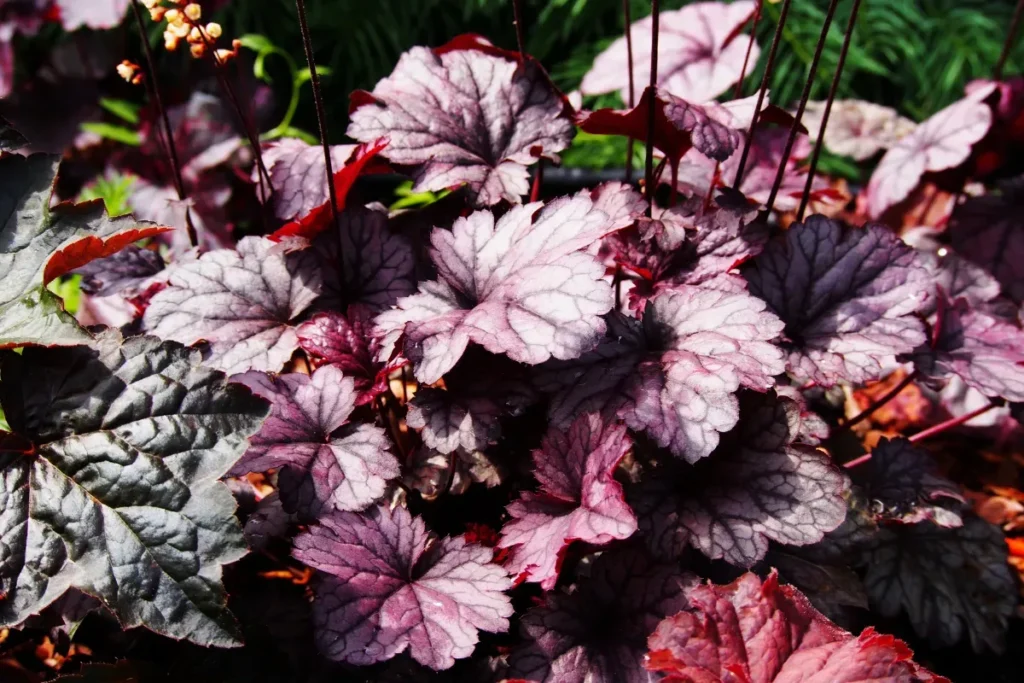
Known for their foliage ranging from green to purple with striking veining, Coral Bells produce bell-shaped flowers in spring to early summer.
They prefer partial shade and well-drained soil, enhancing shade gardens with their versatile colors and textures.
Toad Lily (Tricyrtis spp.):
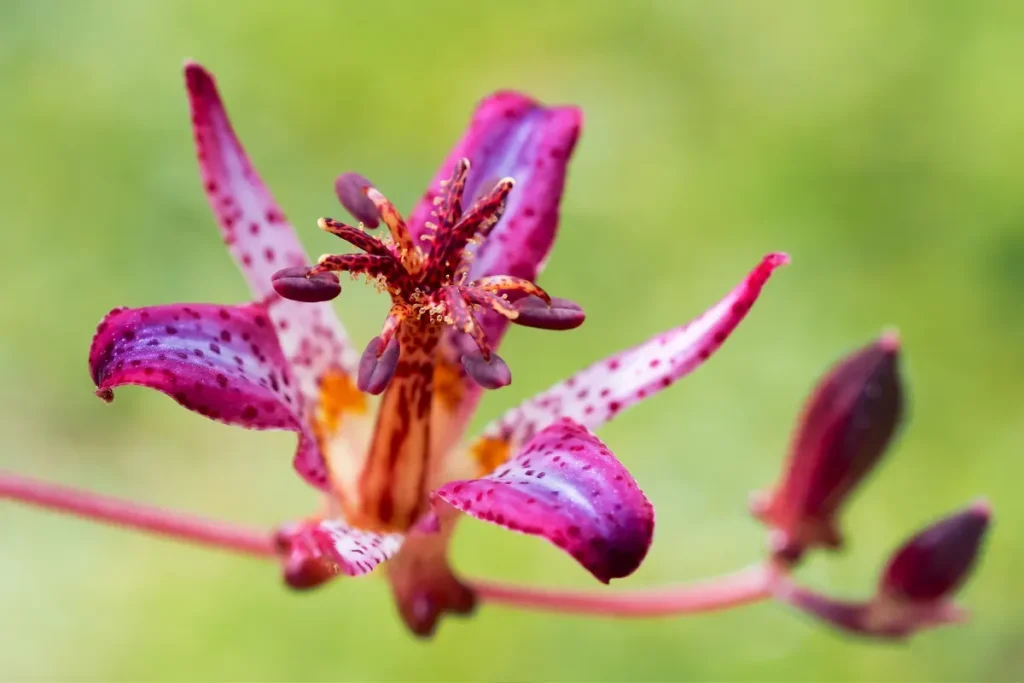
Admired for their orchid-like flowers in shades of purple, white, or pink,
Toad Lilies bloom late summer to fall in partial to full shade and moist, well-drained soil, adding elegance to shaded garden beds.
Jacob’s Ladder (Polemonium spp.):
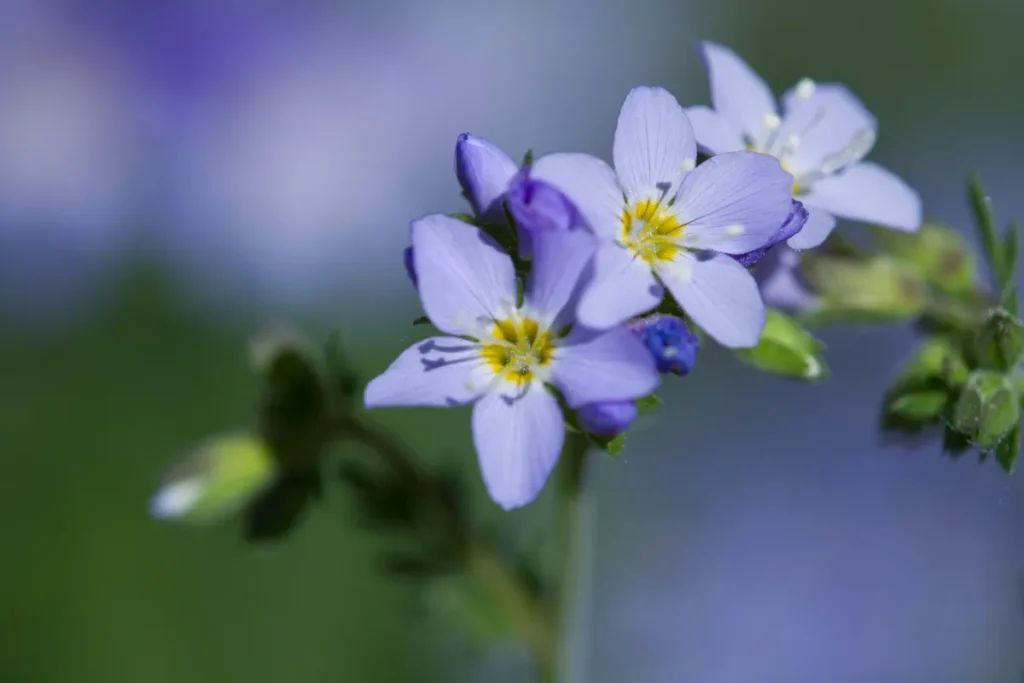
Featuring fern-like foliage and bell-shaped flowers in blue to white, Jacob’s Ladder blooms late spring to
early summer in partial shade with moist, well-drained soil, providing vertical interest in shade gardens.
Bergenia (Bergenia spp.):
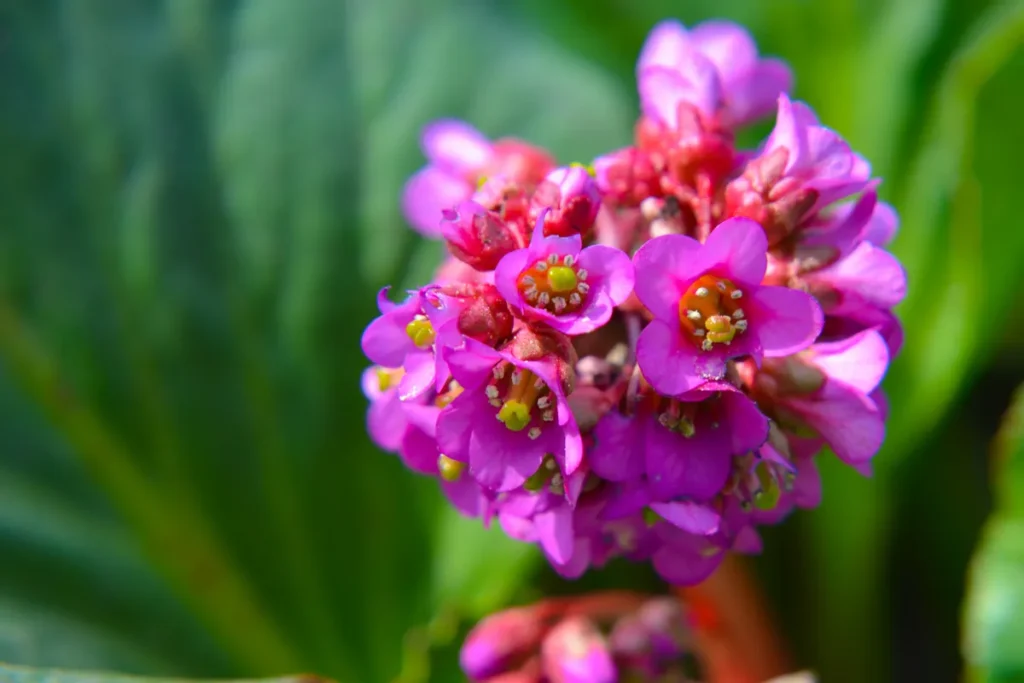
Tough and reliable, Bergenias thrive in partial shade with drought-tolerant qualities once established.
They bloom with clusters of pink or white flowers in early to mid-spring, offering year-round interest with their evergreen foliage.
Creating a thriving shade garden is achievable with careful selection of these perennial flowers adapted to lower light conditions.
By providing suitable soil and moisture levels, you can transform even the darkest corners of your garden into vibrant displays of color and texture.
Whether you favor the delicate blooms of Bleeding Hearts or the elegant foliage of Hostas, there’s a perennial flower to enrich your shaded sanctuary.
With thoughtful planning, your shade garden will evolve into a refreshing retreat that enhances your outdoor space year after year.

